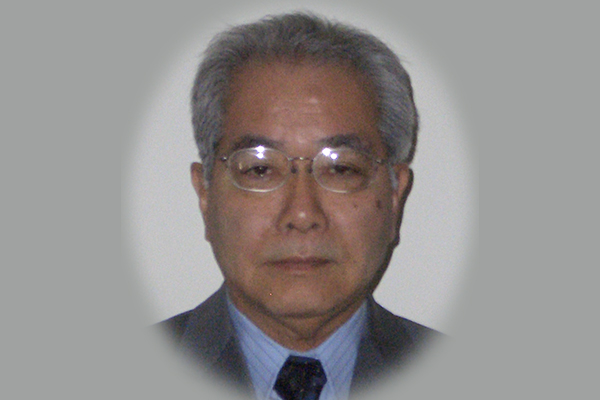

MSE 298 Course Overview
Non Destructive Evaluation
Background students will need
Although prerequisites are not enforced for graduate students, it is strongly recommended that each student has taken courses equivalent to Mechanical Behavior of Materials (MSE 143A) or Structure and Properties of Composite Materials (MSE 151).
About the Instructor
Kanji Ono: Professor; B.Engr. Tokyo Institute of Technology; Ph.D. Northwestern University; Postdoctoral research, Northwestern University; Visiting Professor, International Christian University; Director, Tokyo Study Center, University of California Education Abroad Program; Henry M. Howe Medal, American Society for Metals; Achievement Award, American Society for Nondestructive Testing; Achievement Award and Gold Medal Award, Acoustic Emission Working Group; Editor, Journal of Acoustic Emission.
Course Objectives
To understand the principles of various NDE methods and to prevent fracture of structures and components.
With basic knowledge you gain here, you will become capable of selecting applicable NDE methods, differentiating merit of competing methods, seeking advanced methods that may be needed in your practice and evaluating testing organization/personnel. Using knowledge from this course, you will also understand regulatory requirements, standards, and guidelines concerning NDE.
Syllabus
Basics
1. Introduction
2. Defects and flaw
Major Methods
3. Penetrant
4. Ultrasonics
5. Magnetic particle
6. Eddy current
7. Acoustic emission
8. Radiography
9. Thermography
10. Microwave
11. Optical
Special topics
12. Composite NDE
Textbooks (Available on UC–‐Digital Library or on Class website)
P.J. Shull: Nondestructive Evaluation-Theory, Techniques, and Applications, Marcel Dekker, 2002.
C. Hellier: Handbook of Nondestructive Evaluation, McGraw Hill, 2003.
Evaluation
Mid–‐term (end of 5th week) 25%
Final (end of 10th week) 40%
Assignments and HW 35%
